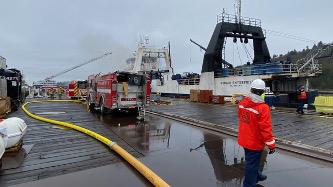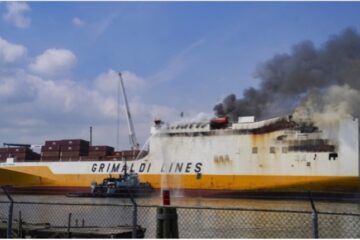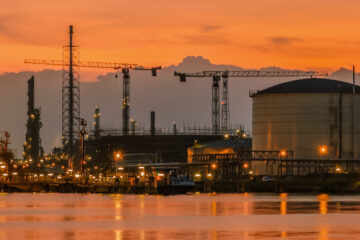Predictability, or Call Your Response Provider Early & Often

By Rik van Hemmen, President of Martin Ottoway
Humanity simply strives to increase its level of predictability whether as a person, or as a group of people. When humans attain a certain level of predictability, their hope for the future goes up and their level of anxiety goes down.
Predictability and decision making are closely tied together. One can make better decisions when the future can be predicted more accurately. OPA 90 was created to increase predictability. The entire structure allows stakeholders to proceed with a level of predictability where predictability can appear to be sorely absent. When predictability increases, it becomes easier to make decisions and that will help to gain control of a disaster. OP A90 has succeeded in that regard, but due to its measurable success, its predictability reduced.
Since there are few large oil spills today, we have created a conundrum. We do not know if we can manage a large oil spill today, there are exercises, but exercises are not the real thing. A real oil spill is unpredicted and unpredictable, and while we hope everybody will show up in time we do not know if this will occur. Since we have not had a sizable number of serious oil spills recently, shipowners and operators now start to imagine that a small oil spill will not turn into a big oil spill. However, this ignores an underlying reality. Small disasters not rigorously managed can turn into big disasters.
If this occurred, the salvors and response contractors will be called in after the small disaster turned into a large disaster. From their point of view this may not be a bad deal, because big disasters make more money than small disasters, but, from an overall disaster management point of view, this approach is, well, disastrous.
Imagine these scenarios:
Scenario 1: A vessel has a soft grounding. It is expected the vessel can be refloated on the next high tide without external assistance. At the next high tide, the vessel is being refloated under direction of the captain and use of her own engines and ancillary equipment, but during the refloating the vessel passes over an abandoned anchor and tears out the bottom. Fuel oil spills and the vessel is flooding and settles down. The Owner now must call the QI and the designated Salvage and Marine Firefighting contractor (salvor). They cannot immediately be on site and now the USCG becomes uncomfortable. The spill continues and eventually the salvors and spill contractor secure the vessel and cargo and pick up the mess. In the postmortem analysis everyone is embarrassed since the response was less effective than desired.
Scenario 2: A vessel has a soft grounding. Same expectations of refloat on next high tide. The Owner calls the contact number for the designated spill contractor and the designated salvor; both are engaged. At the next high tide, the vessel is refloated, and no spill occurs, and the vessel continues its voyage. The salvage and spill contractors stand down, but everybody has become a little smarter. The vessel owner and its personnel know how to contact the spill contractor and the designated salvor and how to instruct them. The contractors get to exercise their first level response and make fixes as needed. The USCG knows that in a real disaster the initial system response will kick off reliably and Scenario 1 is less likely to occur.
Increased predictability has been achieved. I am not suggesting in any form that all the response personnel and equipment needs to be loaded up and sent to the casualty. What I am suggesting is that dropping a nickel on your designated responders early need not cost a lot, and overall saves money – making a strong predictor for success. First published in MarineLink 23Jan2024 and edited for brevity.


